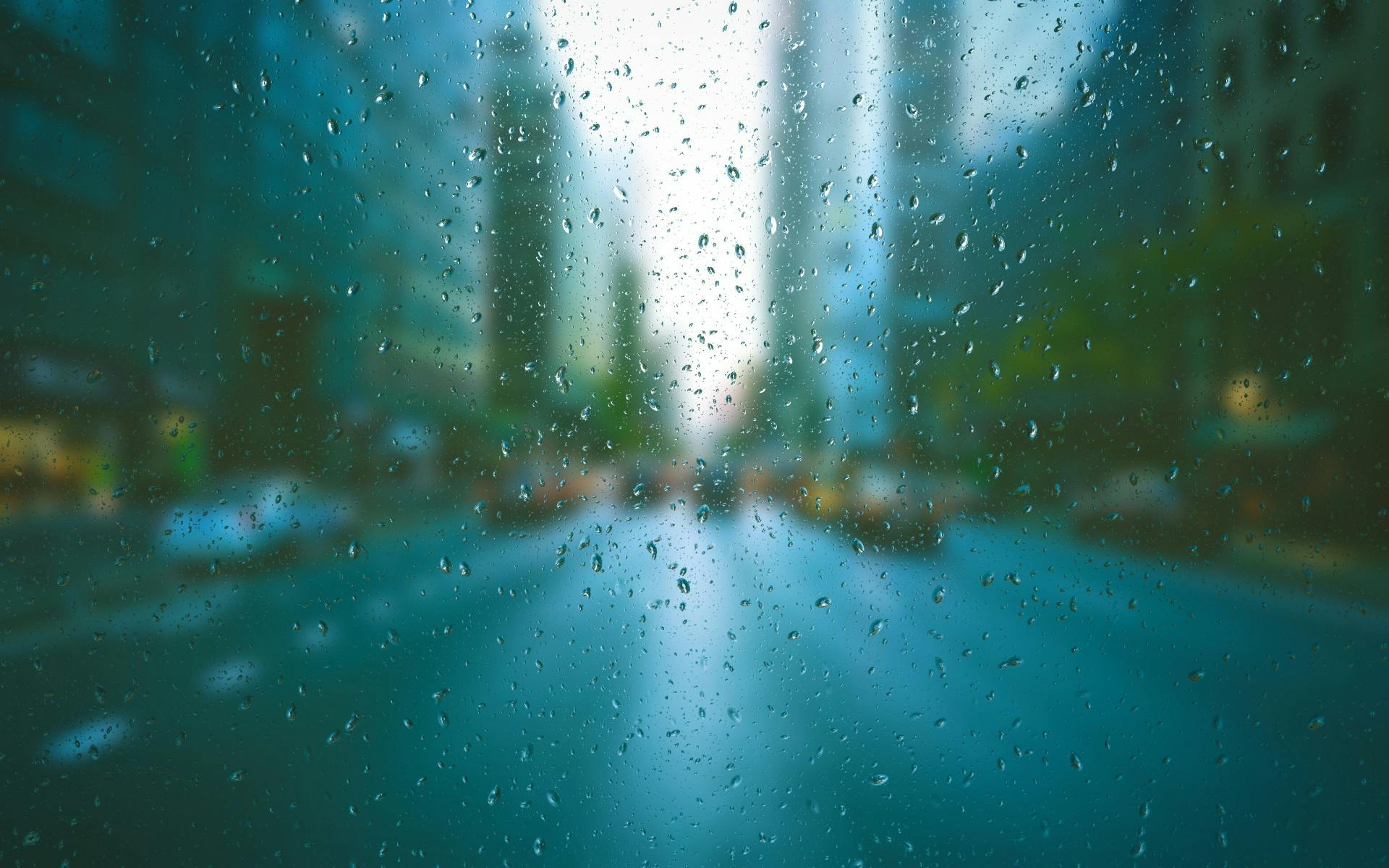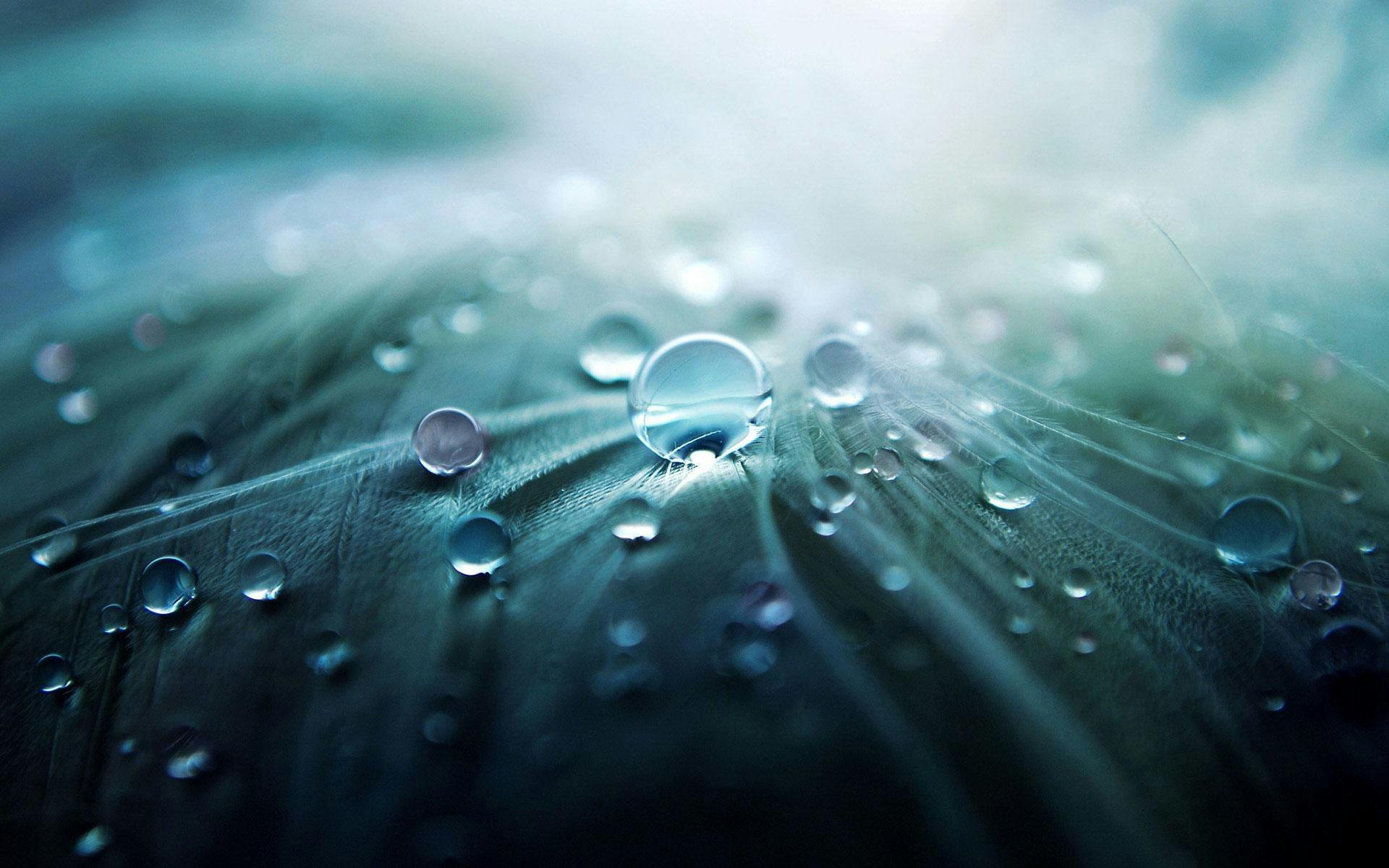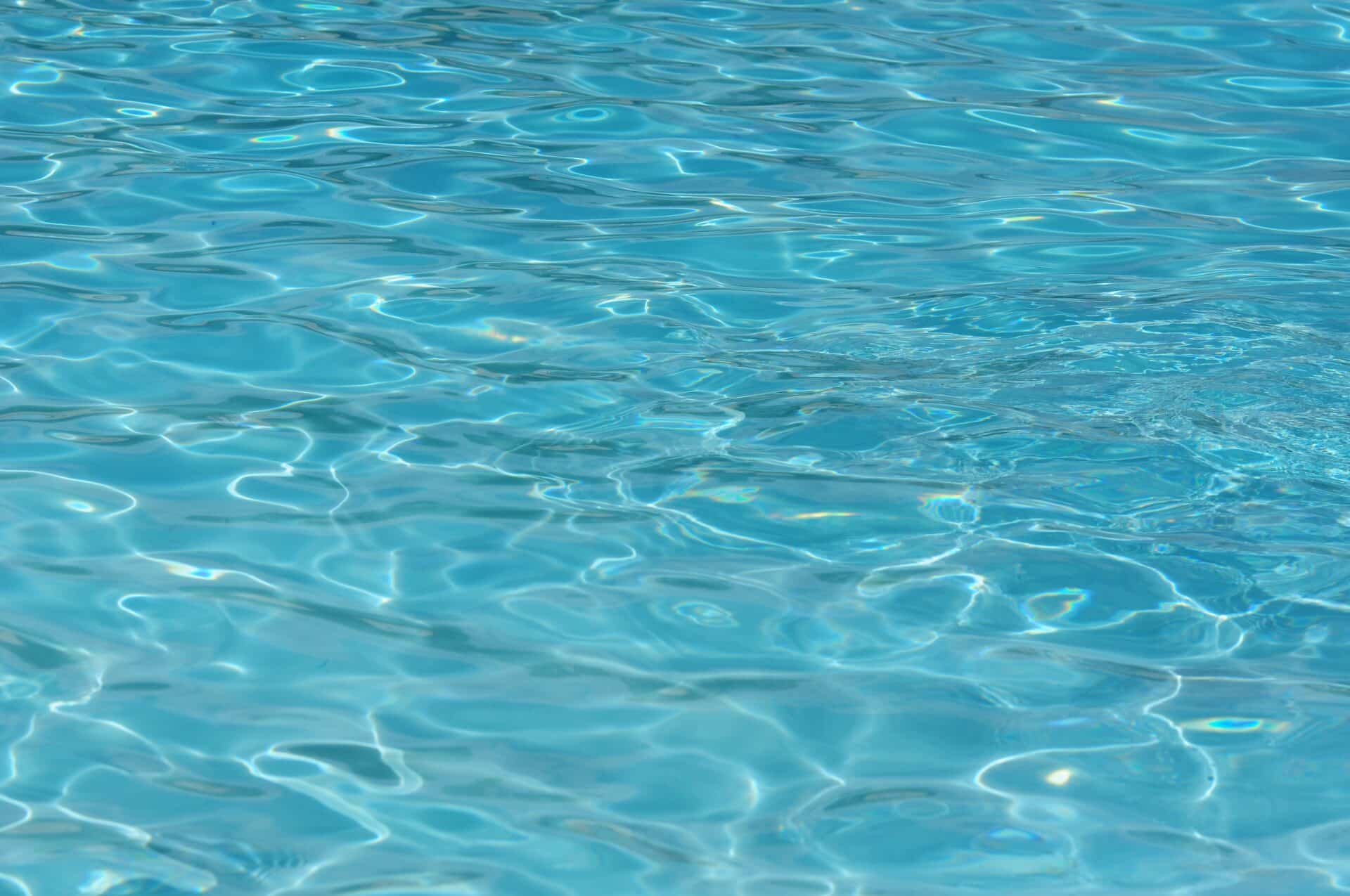Cleaning a water distiller is an important part of maintenance that helps keep the distiller in good working condition and ensures the quality of the water. Regular cleaning will also prevent mineral buildup, reduce odors, and help extend the life of the unit. This guide will provide step-by-step instructions on how to clean a water distiller.To clean a water distiller, you should start by making sure it is unplugged. Then, remove the boiling chamber and empty out any water that may be inside. Next, use a soft cloth to wipe down the chamber and the lid of the distiller, being careful not to damage any of the parts. After this, fill the boiling chamber with white vinegar, just enough to cover all surfaces. Allow this to sit for about 30 minutes before emptying it out. Finally, rinse out the boiling chamber with clean water and reattach it back onto the distiller.
What Supplies Are Needed To Clean A Water Distiller?
Cleaning a water distiller is essential for maintaining the quality of the water produced by it. It is important to clean the distiller regularly to ensure that it is producing clean and safe water. The supplies needed to clean a water distiller are fairly simple, and include cleaning solution, brushes, and containers for collecting the distilled water.
Cleaning solution is necessary in order to effectively clean the distiller. Most types of cleaning solutions are specifically designed for use with water distillers and will not damage or corrode any of the parts of the unit. It is important to follow the instructions provided by the manufacturer when using cleaning solutions in order to ensure that it is used correctly and safely.
Brushes are also necessary for cleaning a water distiller. These brushes come in a variety of sizes and materials depending on what type of surfaces need to be cleaned. It is important to choose brushes that are specifically designed for use with a water distiller in order to avoid damaging any parts of the unit while cleaning it.
Finally, containers are necessary for collecting the distilled water produced by the unit. These containers should be properly labeled so that they can be easily identified as containing distilled water. Additionally, they should be made from materials that will not react with the distilled water or leach any chemicals into it.
Overall, cleaning a water distiller requires just a few simple supplies: cleaning solution, brushes, and containers for collecting distilled water. By investing in these supplies and following proper instructions when using them, you can make sure that your distillation unit produces safe and clean drinking water on a regular basis.
Step 1: Unplug the Distiller
The first step to cleaning a water distiller is to unplug it from the wall outlet. This will ensure that the machine is not accidentally turned on while you are cleaning it. It is also important to make sure that all parts of the distiller are cool before beginning the cleaning process.
Step 2: Empty the Collection Container
The next step is to empty out the collection container, which will be located at the bottom of the distiller. Carefully remove this container and pour out its contents into a separate container or sink. Make sure to completely empty out all of the distilled water from this container.
Step 3: Clean Out the Collection Container
Once you have emptied out the collection container, it is important to clean it thoroughly. You can use a cloth or sponge with some soap and warm water to scrub away any residue that may be present in the container. Make sure to rinse out any soap residue before replacing it back in its original position.
Step 4: Clean Inside of Boiler Chamber
The next step is to clean inside of your boiler chamber by using a cotton swab and some vinegar or baking soda solution. Carefully dip your cotton swab into this solution and then use it to wipe away any dirt, debris, or build-up that has accumulated inside of your boiler chamber. Be sure to rinse off any remaining solution before continuing with other steps.
Step 5: Clean Outside of Distiller
Finally, you should clean outside of your distiller as well as any other components such as hoses and tubes that may be attached. You can use a soft cloth with some mild soap and warm water for this task. Be sure to rinse away all soapy residue before plugging in your distiller again.
Why Is It Important To Clean A Water Distiller Regularly?
Water distillers are a great way to get clean, safe drinking water. However, if the water distiller is not properly maintained and cleaned, it can become a breeding ground for bacteria and other microorganisms that can make the water unsafe to drink. That is why it is important to clean a water distiller regularly.
Regular cleaning of your water distiller will help ensure that you are getting the safest, purest drinking water possible. It is also important to clean the machine in order to prevent any build-up of limescale or other minerals that can reduce the efficiency of the machine. Additionally, regular cleaning helps keep the unit running for longer periods of time with fewer maintenance problems.
When cleaning a water distiller, it is important to use only approved cleaning solutions specifically designed for this purpose. These solutions should be used according to the directions on the package and should never be mixed with other cleaners or chemicals as this could damage the unit or cause harm to anyone drinking from it. It is also important to rinse thoroughly after each cleaning as any residue may make its way into your drinking water.
It is recommended that you clean your water distiller at least once every two weeks in order to ensure its optimal performance and safety for consuming its output. If you notice any sediment buildup in your unit, it may need more frequent cleaning sessions as well as descaling treatments from time to time in order to remove any mineral deposits from within its system.
By following these simple steps, you can rest assured that your drinking water will remain safe and free of bacteria or other contaminants that could make it unsafe for consumption. Cleaning a water distiller regularly will also help extend its life by preventing mineral buildup and keeping it running efficiently over time.
Advantages of Cleaning a Water Distiller
Cleaning a water distiller is one of the most important steps in maintaining the quality of your drinking water. It can help remove impurities and improve the taste, smell and overall health benefits of your water. The process also helps to extend the life of your distiller and ensure that it works efficiently. Here are some of the key advantages of cleaning a water distiller:
Removes Impurities: Cleaning a water distiller helps to remove harmful impurities from your drinking water, such as lead, chlorine, bacteria, and other contaminants. This ensures that you are drinking clean, safe water that is free from any potential health risks.
Improves Taste: Cleaning a water distiller can also help to improve the taste and smell of your drinking water. This is because it removes any sediment or other contaminants that may be present in the water. The result is cleaner-tasting and smelling water that is more enjoyable to drink.
Extends Lifespan: Regularly cleaning a water distiller can help to extend its lifespan by reducing wear and tear on its components. This helps to ensure that it will continue working effectively for many years to come.
Saves Money: Cleaning a water distiller regularly can also help you save money in the long run by reducing the need for costly repairs or replacements. It also ensures that you get maximum value for your money by ensuring that your distiller works as efficiently as possible.
By taking these steps, you can ensure that you get optimal performance from your water distiller while also enjoying clean, safe drinking water.

Disadvantages Of Not Cleaning A Water Distiller
Not cleaning a water distiller on a regular basis can lead to a number of problems. One of the most common is the build-up of scale and sediment in the distiller. This can cause the distiller to become inefficient, meaning it takes longer to produce water and requires more energy. In addition, this build-up can also cause blockages in the pipes and hoses, leading to reduced water flow or even complete blockage of the system. This can also lead to higher levels of bacteria and impurities in the produced water, which may affect its taste and smell.
Another disadvantage of not cleaning a water distiller is that it may cause corrosion or rusting of vital components, such as the heating element or boiling chamber. This can reduce performance and lifespan, as well as causing damage that is expensive to repair. It is important to remember that scale build-up will eventually reduce efficiency regardless of how often you clean your distiller, which makes it important to keep up with regular cleaning and maintenance routines.
Finally, failing to clean a water distiller regularly will cause it to look unsightly due to a build-up of limescale and other mineral deposits on its exterior surface. This will not only affect its appearance but may also make it more difficult or impossible for you to access certain parts for cleaning or maintenance purposes.
How Long Does It Take To Clean A Water Distiller?
Cleaning a water distiller is an important part of ensuring that the water you drink is clean and safe. The amount of time it takes to clean a water distiller will vary depending on the type and size of the distiller, but it typically takes between one and two hours. If you have a larger or more complex unit, it may take longer to clean properly.
It is important to clean your water distiller regularly in order to keep it functioning properly and ensure the water you drink is free from contaminants. Most manufacturers recommend cleaning your distiller at least once every two months, although this may vary depending on how frequently you use it.
When cleaning your water distiller, start by unplugging the unit and removing any parts that can be detached, such as filters or containers. Rinse these components with warm water and mild soap. Then, use a soft cloth or brush to scrub away any mineral deposits or dirt that may have accumulated on the inside of the unit. Once all of the parts are cleaned and dry, reassemble your water distiller before plugging it back in.
You should also check for any signs of wear or damage during cleaning – if you find anything that needs to be repaired or replaced, contact a professional for assistance. Additionally, if your unit has been in storage for an extended period of time or has not been used in a while, you may need to perform a deeper clean using specialized tools and techniques recommended by your manufacturer’s instructions.
By taking the time to properly clean your water distiller regularly, you can help ensure that the water you drink is safe and free from contaminants while extending the life of your unit.
Tips For Keeping Your Water Distiller Clean
Water distillers are an effective way to purify water and remove impurities. However, if it is not properly maintained, the water distiller can become contaminated with bacteria, dirt and grime. To ensure the water distiller is providing clean and pure water, it is important to keep it clean. Here are some tips for keeping your water distiller clean:
1. Regularly change the carbon filter: The carbon filter should be changed every 2-3 months in order to remove any impurities that have accumulated in the filter. It is important to check the filter regularly for any signs of discoloration or damage.
2. Clean out the boiling chamber: The boiling chamber should be emptied out and cleaned at least once a month to prevent any build up of minerals or sediment from accumulating inside. This can be done by running plain white vinegar through the distiller for a few cycles, then rinsing with clean water afterwards.
3. Sanitize the collection bottle: The collection bottle should be sanitized at least once a month using a 1-to-5 solution of bleach and water to ensure that any bacteria that may have built up inside has been eliminated. It is important to rinse the bottle thoroughly after sanitizing it and allow it to dry before use.
4. Use distilled water for cleaning: When cleaning your water distiller, it is important to use only distilled water as tap or filtered water may contain impurities which could contaminate your distilled water supply over time.
5. Regularly inspect hoses and other parts: Make sure all parts such as hoses, seals and gaskets are inspected regularly for wear or damage so they can be replaced if necessary in order to keep your unit running efficiently and safely.
Following these simple tips will help keep your water distiller running smoothly and will ensure you get clean, pure drinking water every time you use it.

Conclusion
Cleaning your water distiller is an important part of keeping it running properly. Be sure to follow the manufacturer’s instructions for cleaning and maintenance, and inspect your distiller regularly for any signs of damage or wear. If your distiller appears to need more frequent cleaning, or if you notice any changes in the taste of the water, contact a professional for assistance. With proper care and maintenance, your water distiller should provide clean, safe drinking water for many years to come.
Whether you use a store-bought distilled water or make your own at home with a water distiller, it’s important to keep it clean. Regularly cleaning and inspecting your water distiller will help ensure that you’re getting the purest drinking water possible. By following these simple steps, you can keep your home’s drinking water safe and healthy.

